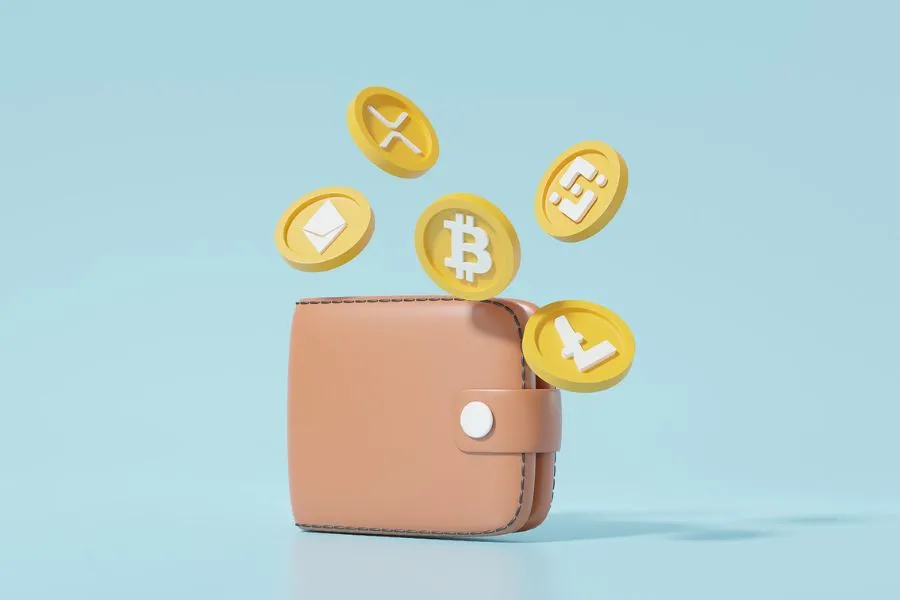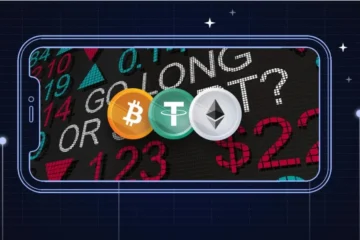If you’ve been around crypto communities long enough, you’ve probably seen people bragging about “getting whitelisted” for a token sale like it’s a backstage pass to a rock concert. But what exactly does that mean? And why do crypto projects keep creating these mysterious “whitelists” before a launch?
Let’s break down the meaning of the crypto whitelist, how it works in token sales, and why projects rely on it to build hype, manage security, and control access.
Table of Contents
What Does “Whitelist” Mean in Crypto?
In simple terms, a crypto whitelist is a pre-approved list of wallet addresses that are allowed to participate in a specific event, usually a token sale, IDO (Initial DEX Offering), or NFT mint.
Think of it like a guest list at an exclusive club. If your name—or in this case, your wallet address—is on the list, you’re allowed to buy the tokens (often at a better price or earlier than the general public). If you’re not on the list, tough luck—you’ll need to wait for open trading or hope for another chance.
So when someone says they’re “whitelisted,” it means they’ve successfully registered and been approved to participate in a project’s launch.
You May Also Like: What Is a Crypto Bridge and How Does Cross-Chain Transfer Work?
Why Do Projects Use Whitelists?
Now that we’ve got the basic whitelist in token sale explained, let’s talk about why projects use them in the first place. On the surface, it might look like unnecessary gatekeeping, but there are some smart reasons behind it:
- Preventing Bots and Spam
Token launches are notorious for being flooded with bots. Without a whitelist, bots can quickly scoop up most of the allocation, leaving real investors behind. Whitelisting ensures that only verified human participants get access. - Rewarding Early Supporters
Projects often use whitelists to give loyal community members or early adopters priority access. It’s a way of saying “thanks for being here before the hype.” - Managing Demand
Let’s face it—crypto launches can get chaotic. By pre-approving participants, projects can better control the number of buyers and avoid overwhelming the system. - Compliance and Regulation
Depending on the jurisdiction, some projects may need to screen participants to comply with KYC (Know Your Customer) or AML (Anti-Money Laundering) regulations. A whitelist makes it easier to meet these requirements. - Creating Exclusivity and Hype
Let’s not ignore the marketing angle—being on a whitelist feels special. That exclusivity drives buzz and FOMO, which is exactly what most projects want before launch.
How Do You Get on a Crypto Whitelist?
Every project has its process, but generally, whitelisting involves a few common steps:
- Registration – You’ll need to submit your wallet address through a project’s official form or platform.
- Tasks or Engagement – Many projects ask you to complete community tasks: join their Telegram, follow them on Twitter, share posts, or invite friends.
- KYC Verification – Some projects (especially larger ones) require identity verification to stay compliant.
- Random Selection or Limited Spots – Even after registering, spots may be limited. Sometimes participants are chosen via lottery.
Pro tip: Always double-check links and announcements. Scammers often create fake “whitelisting” forms to trick users into handing over wallet info.
Benefits of Whitelisting for Investors
From an investor’s perspective, getting on a whitelist isn’t just about bragging rights. It comes with some tangible advantages:
- Early Access – You get in before the general public, sometimes at a lower price.
- Better Odds – Instead of fighting bots or competing with thousands of buyers, your spot is secured.
- Lower Fees and Less Stress – With controlled participation, there’s less gas fee chaos (especially on Ethereum).
- Community Perks – Some projects give long-term benefits to early whitelisted investors, like governance rights or staking rewards.
You May Also Like: What Is an Initial DEX Offering (IDO) and How Is It Different from ICOs?
In short, whitelisting helps level the playing field for genuine investors.
Downsides and Criticisms of Whitelisting
Of course, it’s not all sunshine and rainbows. Whitelists come with their share of problems:
- Exclusivity Can Feel Unfair – Not everyone can spend hours shilling on social media or jumping through hoops to earn a whitelist spot.
- Scams and Fake Whitelist Links – The system attracts scammers who prey on eager investors.
- Gas Wars Still Happen – Even with whitelists, if too many people try to claim at once, network congestion and high fees can return.
- Not Always Worth It – Just because you’re whitelisted doesn’t mean the project will succeed. Many tokens lose value after launch.
So while whitelisting can be a golden ticket, it’s not a guarantee of profits.
Whitelist in Token Sales vs NFT Launches
It’s worth noting that whitelists aren’t limited to token sales. In the NFT space, they’re just as common. Projects create whitelists (sometimes called “allowlists”) to give community members early or discounted access to new collections before they hit the public market.
The logic is the same: reward early supporters, prevent bots, and generate buzz.
Will Whitelists Always Be a Thing?
Crypto moves fast, and trends come and go. But whitelisting—or some variation of it—is likely here to stay. As long as projects need a way to control access, manage compliance, and keep bots at bay, whitelists will remain part of the launch playbook.
That said, newer mechanisms like lottery-based sales, tiered allocations, and launchpad platforms are evolving to make things more fair and transparent. Whitelists may become less about hype and more about compliance in the future.
Final Thoughts
The crypto whitelist meaning isn’t complicated—it’s just a pre-approved list of wallet addresses allowed to join a launch. But its role in token sales and NFT drops is bigger than it looks. For projects, it’s a way to manage security, demand, and regulation. For investors, it’s a chance at early access and better odds.
Just remember: being on a whitelist doesn’t guarantee success. It’s a ticket to enter the game, not a promise of winning it. Do your research, stay cautious of scams, and treat whitelisting as one tool in your broader crypto strategy.




